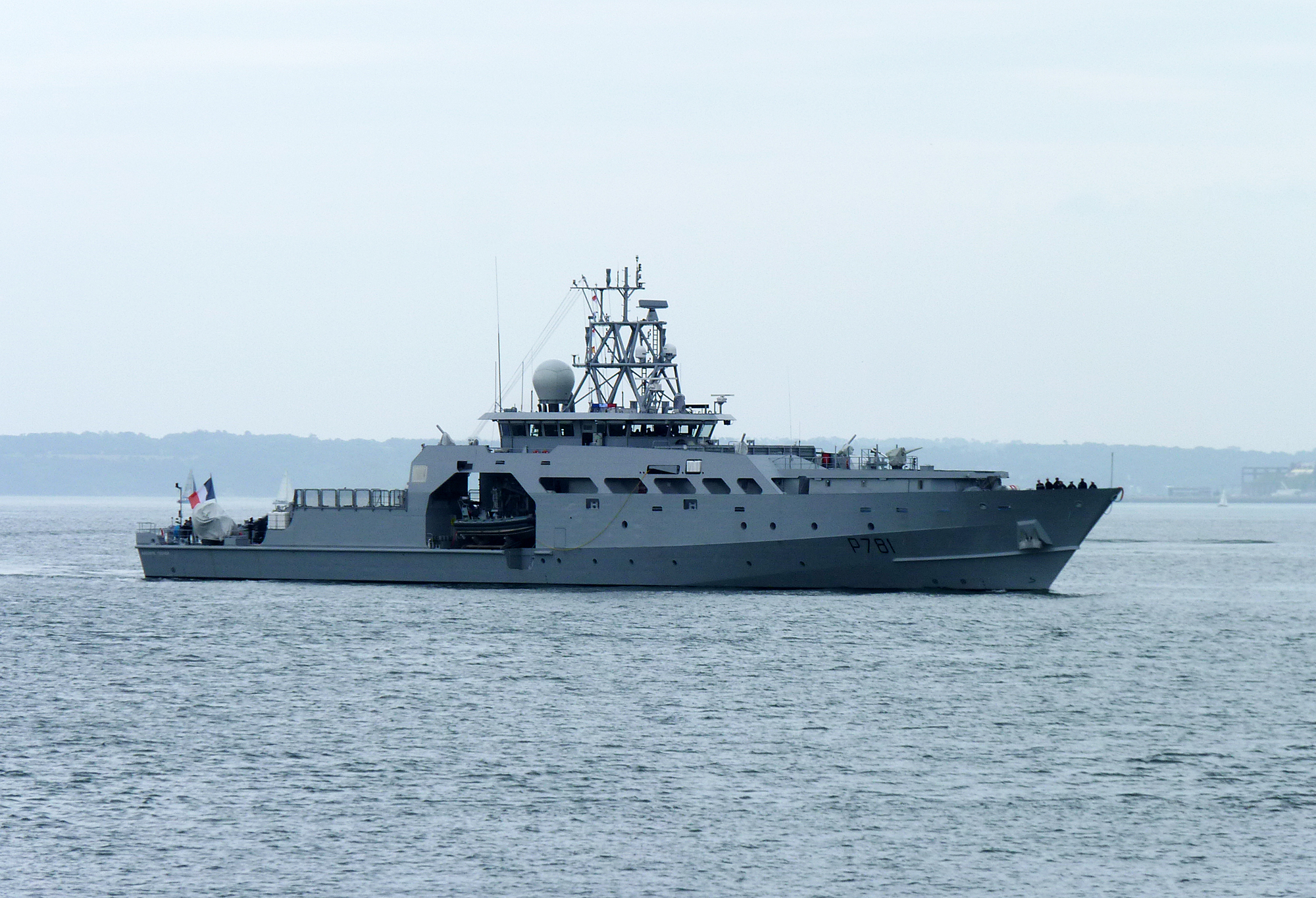With the enlargement of the European Union to 25 members (and soon to 27), the question of Europe’s frontiers arises once more. How far can these frontiers be pushed? Where do we stop? Also, is there confusion between the problem of the limits of Europe, a vaguely defined continent, and that of the frontiers of the European Union, to which not all European countries belong?
Europe's frontiers
The problem of Europe’s frontiers has been at the centre of the debates which, in France, preceded the referendum on the Constitutional Treaty. Turkey’s candidacy was, of course, much debated but also the enlargement of the European Union to the east. How far should Europe’s frontiers be extended? After all, is there only one definition of these frontiers? Is this a false problem due to the fact that the eastern frontier, the only one in question, varies according to the point of view of the observer?
We contend that there are several definitions of this frontier: geographical, economic, cultural, political, even geostrategic, or linguistic. Depending on one’s point of view, any of these definitions may be preferred, and each results in a different type of Europe, as this article will try to demonstrate.
Which frontiers?
Il reste 94 % de l'article à lire









